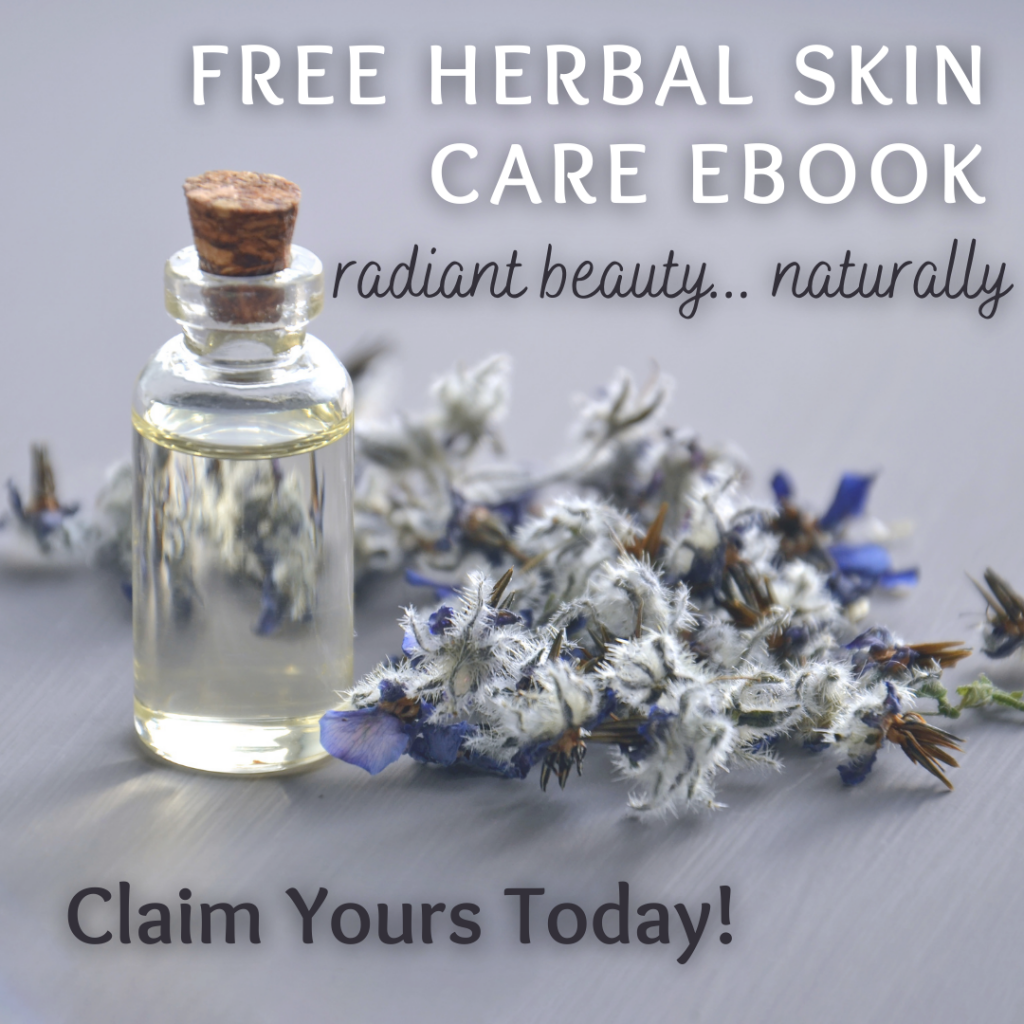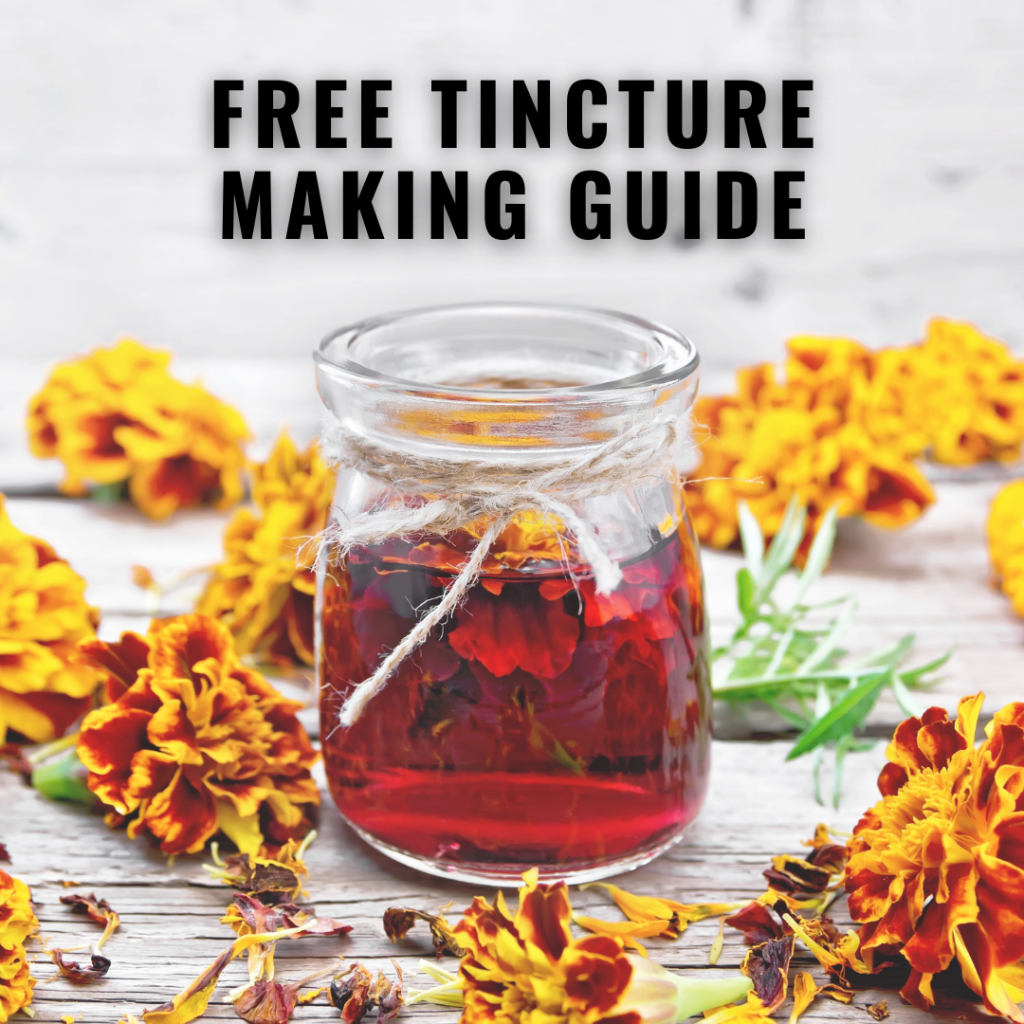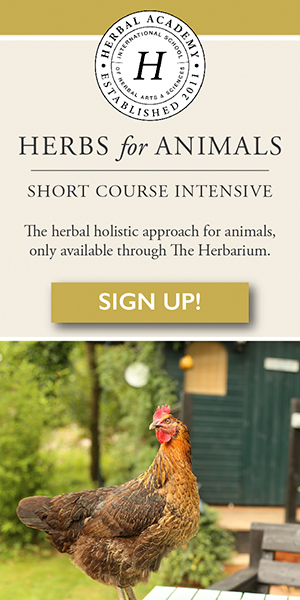My three little tiny stinging nettle plants from Richters that I planted last year have turned into a full fledged sting nettle patch. Having over 3 litires of stinging nettle tincture in stock, I certainly don’t need more of this amazing medicinal herb for my herbal clinic. However, stinging nettles make an amazing edible plant and I plan on experimenting a lot this season with adding nettles to our home-cooked meals.
My first experiment was stinging nettle pasta and it was delicious! While homemade pasta may seem daunting to some I can guarantee it’s a lot easier than bread making. Adding stinging nettle to the mix was an extra step that added 5-10 minutes to my regular pasta making routine and let me tell you, it well worth it.

DISCLOSURE: In order for me to support myself and my herbal clinic, I may receive monetary compensation or other types of remuneration for my endorsement, recommendation, testimonial and/or link to any product or services from this blog. I truly appreciate all the support you have shown my blog and my business and I will only ever recommend products that I use myself, truly love or covet. Many thanks.
Why Eat Stinging Nettles?
While an amazing medicinal plant with lots of great benefits, stinging nettle (Urtica dioica) also falls into the category of a wild edible. It’s easy to shy away from this plant because of it’s famous “sting” but it’s well worth dawning gloves and long sleeves to harvest. Nettles are loaded with vitamins and minerals including iron, calcium, potassium, vitamin A, vitamin D, vitamin K and silica. In fact, one cup of cooked stinging nettle leaves (which is about two cups of fresh leaves) easily contains 10% of your daily iron needs (depending on your needs of course) and 35% of your daily calcium needs (again depending on the person).
Nettles also contain impressive levels of vitamin A (three times the recommended daily serving), B complex, vitamin K1 and vitamin C. All of these vitamins combined actually aid in the absorption of iron and other minerals from the plant. I just love how intuitive nature is; of course a plant contains all the vitamins you need to readily absorb it’s minerals!
Stinging nettle makes an excellent substitution for spinach and other dark leafy greens. They can be used in pastas, stir fries, lasagnas or even eat as a side on it’s own. Stinging nettle plants lose their sting once exposed to vinegar, heat (cooking), alcohol and even once chopped finely enough. So you don’t need to worry about your dinner stinging you as you eat it! Just three minutes of blanching takes the “bite” out of your veggies and leaves you with a nutrient filled food.

Foraging for Nettles
First and foremost it is key that you are identifying your plant correctly. Having a good identification guide on you while you are foraging is key to proper identification. This is the one I use the most and recommend. This step may be unnecessary if you are growing it yourself and therefore are certain about which plant you are harvesting from.
Once you have your nettles identified you will want to be sure you are equipped properly. I recommend the following:
- gardening gloves
- long sleeves
- scissors
- plastic bag
The long sleeves and gloves are absolutely necessary as stinging nettle is appropriately named; it will sting quite a bit if it comes in contact with your skin. For this recipe you really only want the leaves which are easy to pick off the plant. Harvest approximately 3 cups of stinging nettle leaves for one serving of this recipe.
Handy note; if you get stung but Jewelweed and/or Plantain will help soothe the sting.

Stinging Nettle Pasta Recipe
- 3 cups stinging nettle leaves
- 1 large egg farm fresh if you have it
- 1-1/2 cup spelt flour all-purpose can be substituted
- Bring a pot of water to boil. Blanch your stinging nettle leaves for 3 minutes. Strain and rinse under very cold water (this stops the cooking process). Squeeze out as much water as possible.
- Add your nettles and egg to a food processor or blender. Blend until smooth.
- Add your flour to a large bowl or the bowl of your stand mixture. Using the back of a spoon create a divot in the flour and pour in your egg/nettle mixture. Using a spoon or dough hook, mix until it's well combined. Your flour mixture should not be stick to your fingers. If it is too sticky add flour; too dry add a bit of water.
- Turn out your dough on a flour surface/counter and knead until it forms a smooth/elastic ball. This will take a few minutes.
- Wrap in plastic wrap or beeswrap and place in the fridge for about half an hour.
- Roll our your dough and using your pasta maker cut your pasta into the desired shape (linguine or spaghetti). If you don't have a pasta maker alternatively you can roll your dough very thin and cut using a knife or pizza cutter.
- Either cook right way or hang for a few hours to dry (this is personal preference). Personally I have been finding better results if I let my pasta hang dry for an hour or two.
- When you are ready to cook add to a pot of boiling water and cook for 2-3 minutes (fresh pasta cooks much faster than store bought dried).
- Serve with your favourite sauce, butter or pesto. Enjoy!
For those who are interested, this is the pasta maker I use. I have used it well over two dozen times and we just LOVE it. It came with a ravioli attachment as well (stinging nettle ravioli might be in my future).
I hope you enjoyed this pasta recipe. We absolutely loved it served with our homemade garlic scape basil pesto and shrimp – delicious! Experiment with different sauces and comment below with suggestions and recommendations.

Bon appetit,

P.S. Please pin and share often. Help spread the stinging nettle love!












Yum! Inspiringly delicious recipe! I was just wondering your thoughts on consuming nettle postflowering? Thank you for sharing!
Nettles definitely taste better in the spring that’s for sure! There are some forums and webpages that talk about kidney damage from consuming nettles postflowering (due to high levels of silica). Interestingly enough, for medicinal purposes, you want nettles that have just flowered. I think that if you consume nettles postflowering in moderation you will be just fine. I have consumed them in all stages and they are definitely tastier in the spring but still edible in moderation after they have flowered. I hope that helps!
Thank you for your insight! Helpful, indeed!